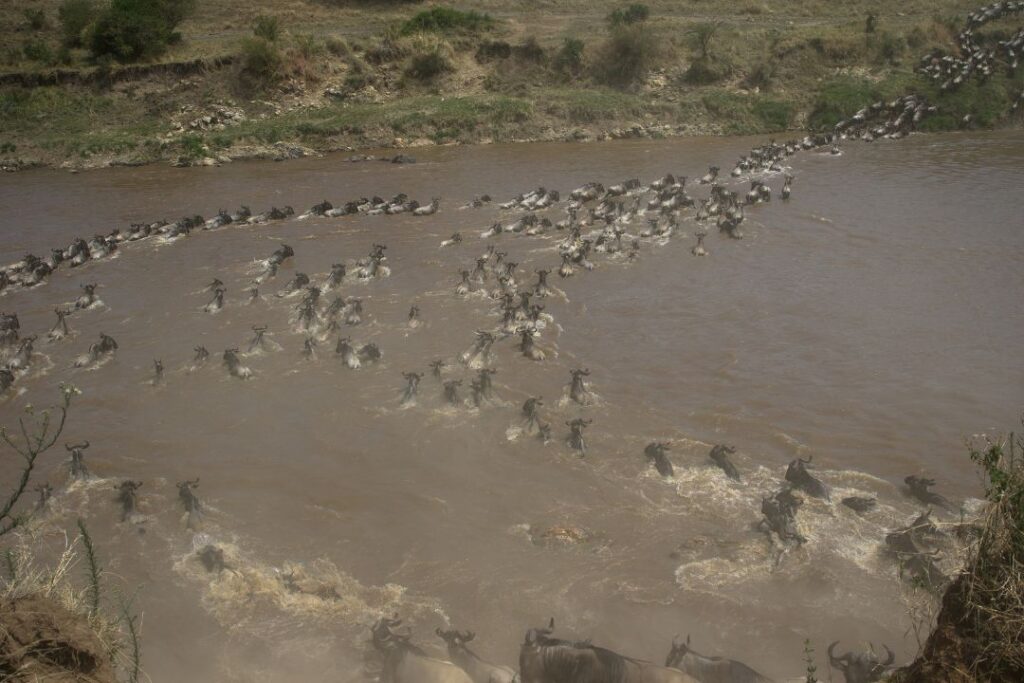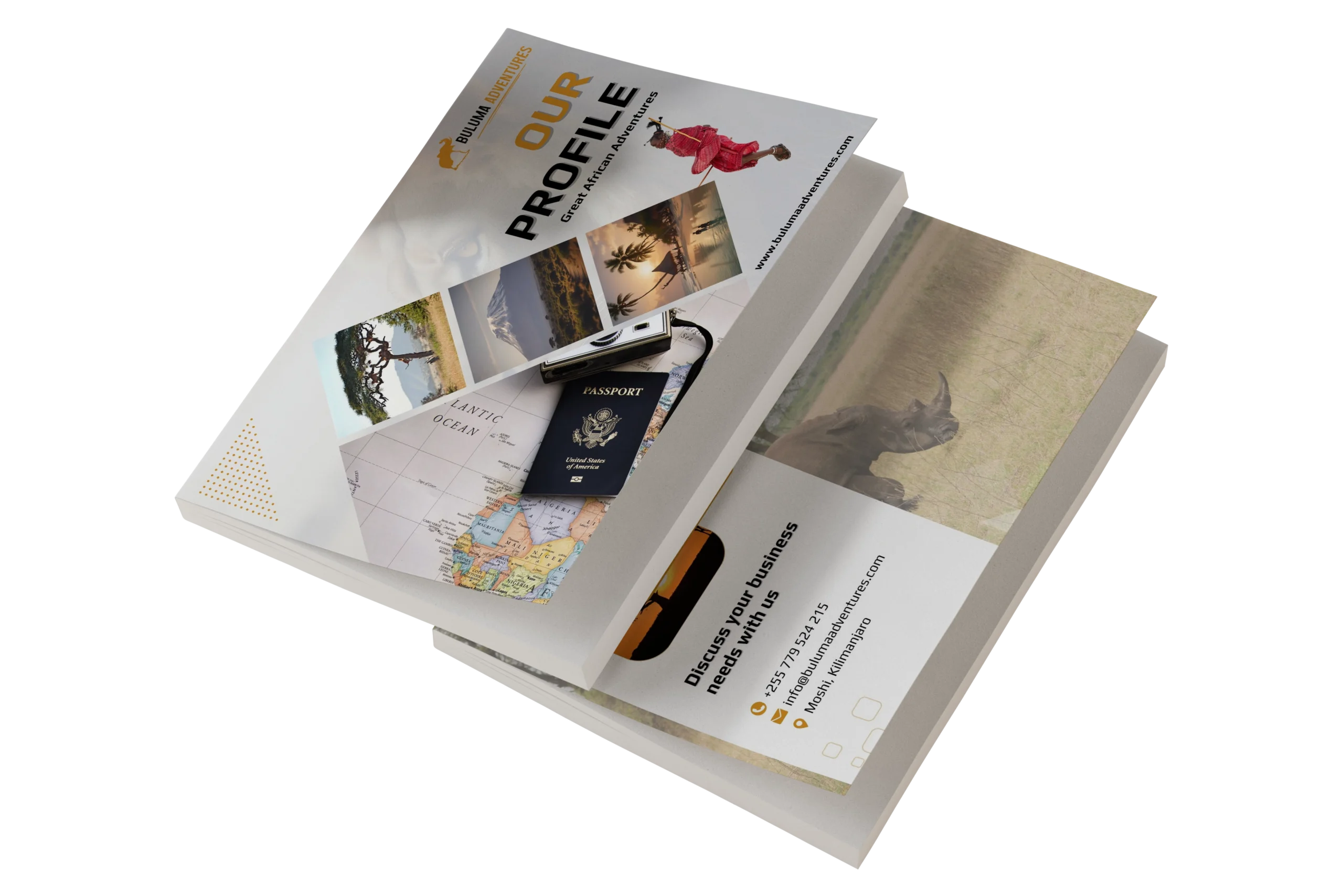MAKE FEEL AT HOME
The Great Migration is one of the most spectacular wildlife events on the planet, with millions of wildebeest, zebras, and gazelles making a circular journey across the Serengeti in Tanzania and the Masai Mara in Kenya. The timing of your visit will influence what part of the migration you witness, from calving season to the dramatic river crossings, making it one of the greatest adventures on a Tanzania safari tour.

The migration is a year-round event, with different highlights depending on the time of year and the specific location:
The herds gather in the southern Serengeti, particularly in the Ndutu and Ngorongoro Conservation Area, for calving season. This is a prime time to witness the birth of around 500,000 wildebeest calves, as well as increased predator activity as lions, hyenas, and other predators take advantage of the vulnerable newborns.
As the rains come to an end, the herds begin moving north towards the central and western Serengeti. This is when they start to face their first major obstacles—the Grumeti and Mbalageti Rivers. While these crossings aren’t as famous as the Mara River crossings later in the year, they are still filled with tension and drama.
This period marks the peak of the migration as the herds reach the northern Serengeti and prepare to cross the Mara River into Kenya’s Masai Mara. These crossings are perhaps the most iconic part of the migration, featuring scenes of wildebeest braving crocodile-infested waters. If you want to witness the raw intensity of the migration, this is the best time to visit.
After the river crossings, the herds move back south into Tanzania, reaching the central Serengeti by November. The migration then continues towards the southern plains, setting the stage for the next calving season.
To experience the Great Migration, it’s crucial to plan your safari around the movement of the herds:
These are the most common and accessible way to follow the migration. Expert guides take you close to the herds, providing insight into the behaviors and strategies of both prey and predators.
For a unique perspective, hot air balloon safaris offer a bird’s-eye view of the herds as they traverse the plains. This is particularly breathtaking during the river crossings.
These camps move with the migration, allowing you to stay close to the action at all times. They provide an immersive experience, with the sounds of the Serengeti all around you as you sleep.
Timing and location are key when booking a Great Migration safari. It’s advisable to book well in advance, especially during peak times like the Mara River crossings. Choosing the right lodge or camp that aligns with the migration’s path can make your experience even more memorable. Whether you’re looking for the greatest adventures or the perfect Tanzania safari tour, planning ahead ensures you catch the best parts of the migration.
Witnessing the Great Migration is an unforgettable experience, and with careful planning, you can time your visit to see the most dramatic moments of this natural wonder. Whether you’re drawn to the calving season or the intense river crossings, Tanzania’s Serengeti offers a front-row seat to the greatest wildlife show on Earth.

Written by: Masunzu Jidayi
Travel Expert in Tanzania
Masunzu Jidayi’s passion for wildlife and adventure began in 2020 as he was completing his bachelor’s degree in Wildlife Management at Sokoine University of Agriculture (SUA). His academic background, combined with his growing interest in Tanzania’s rich biodiversity, inspired him to explore the world of wildlife tourism and conservation. This early exposure ignited a deep commitment to learning about Tanzania’s diverse landscapes, from the Serengeti plains to the majestic Mount Kilimanjaro.
A dedicated traveler, Masunzu spends much of his time immersing himself in Tanzania’s natural beauty, constantly expanding his knowledge of the country’s vast array of adventures. His love for the outdoors, wildlife, and sustainable tourism has become central to his mission of sharing Tanzania’s unique experiences with the world. Masunzu’s enthusiasm for travel and his ongoing dedication to wildlife exploration make him an emerging advocate for Tanzania’s ecotourism industry.

At Buluma Adventures, we are dedicated to showcasing the wonders of Tanzania. Moreover, our brochures highlight trip ideas curated by our specialists, featuring hand-picked accommodations and unique experiences. Discover how we craft meaningful travel journeys, and in addition, explore Tanzania with us.
Buluma Adventures is the local Tour Operator Specialized in Tanzania Safari Tours, particularly wildlife safaris, climbing Kilimanjaro and Zanzibar beach tours.
MAKE FEEL AT HOME
USEFUL LINKS